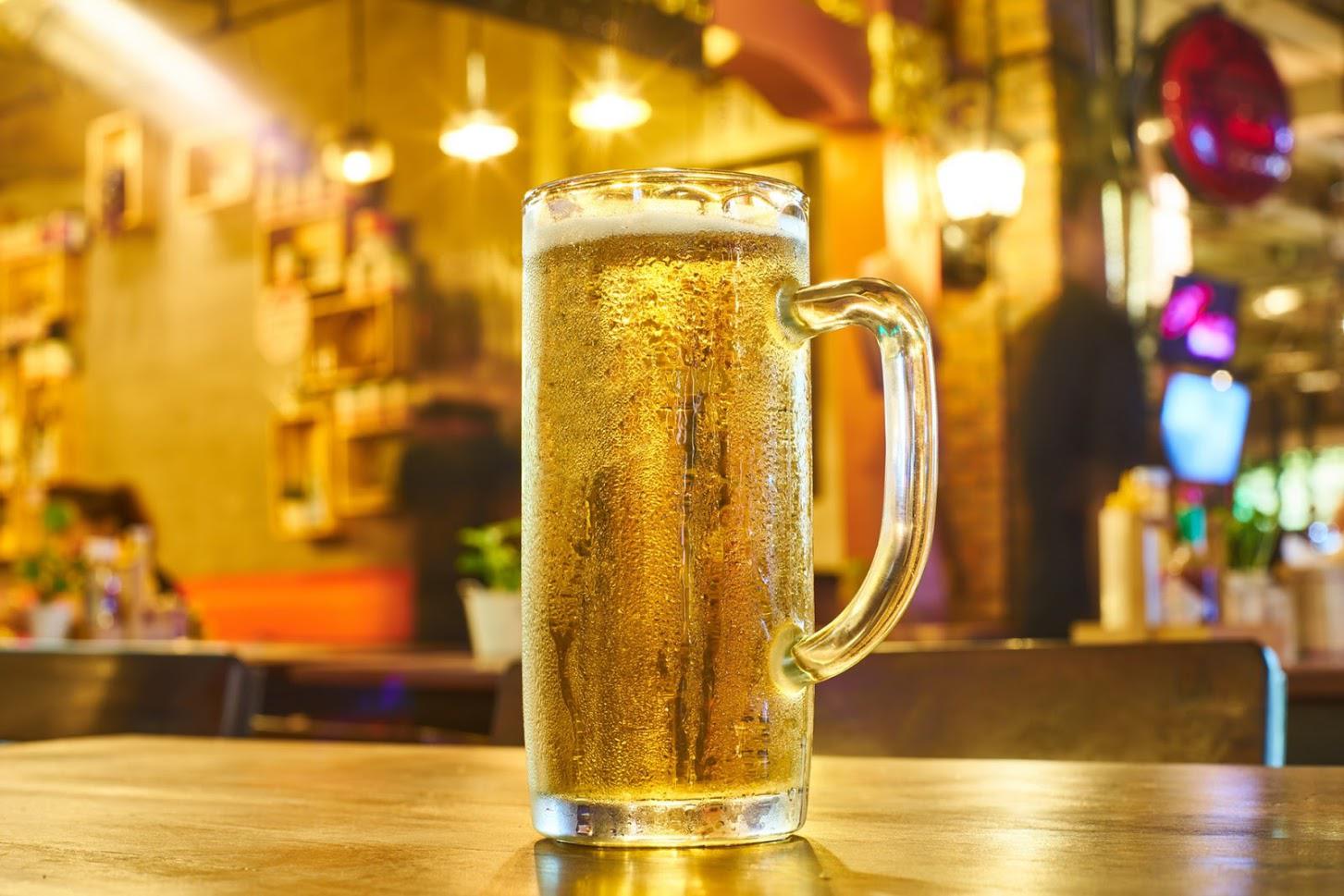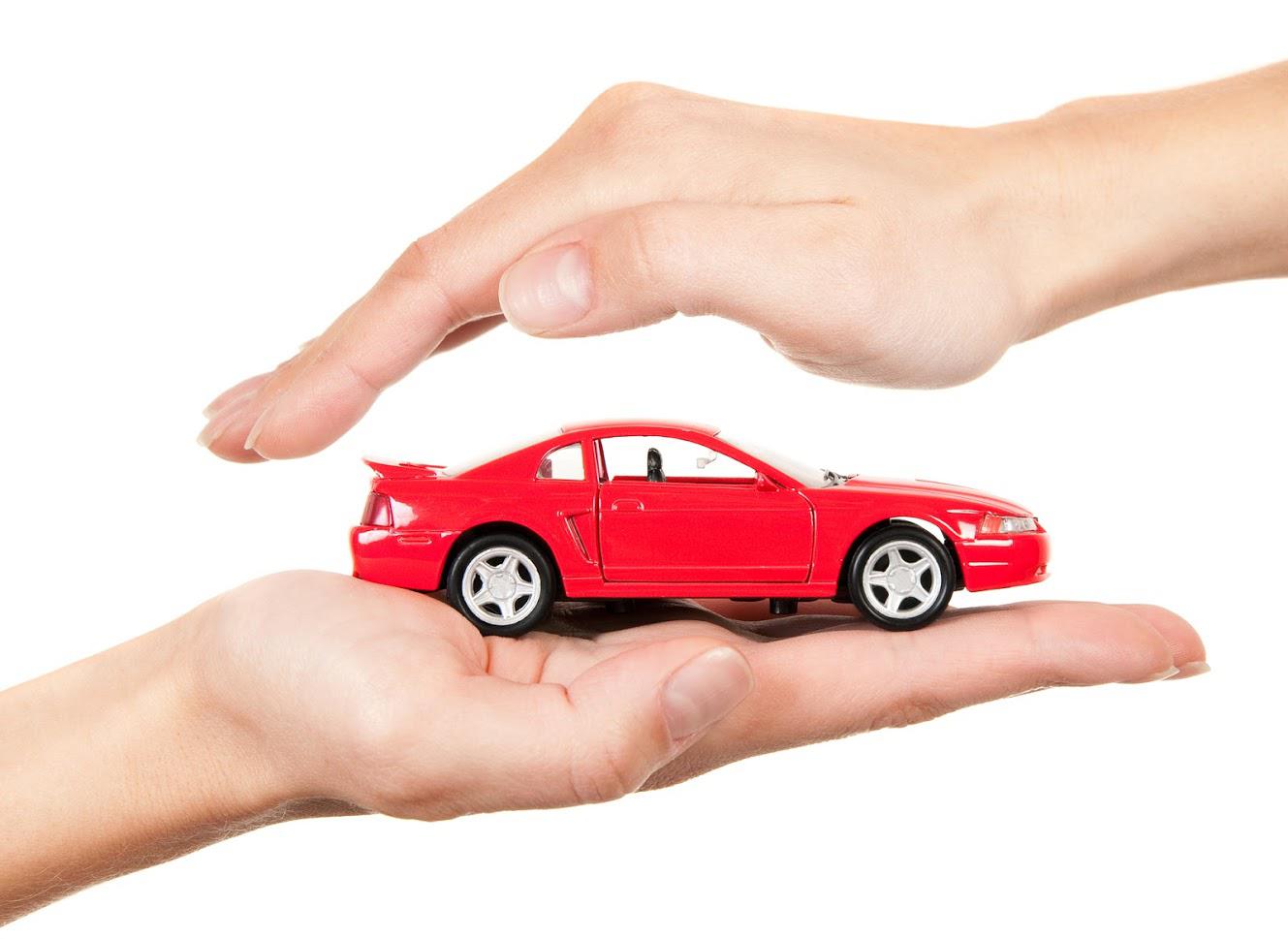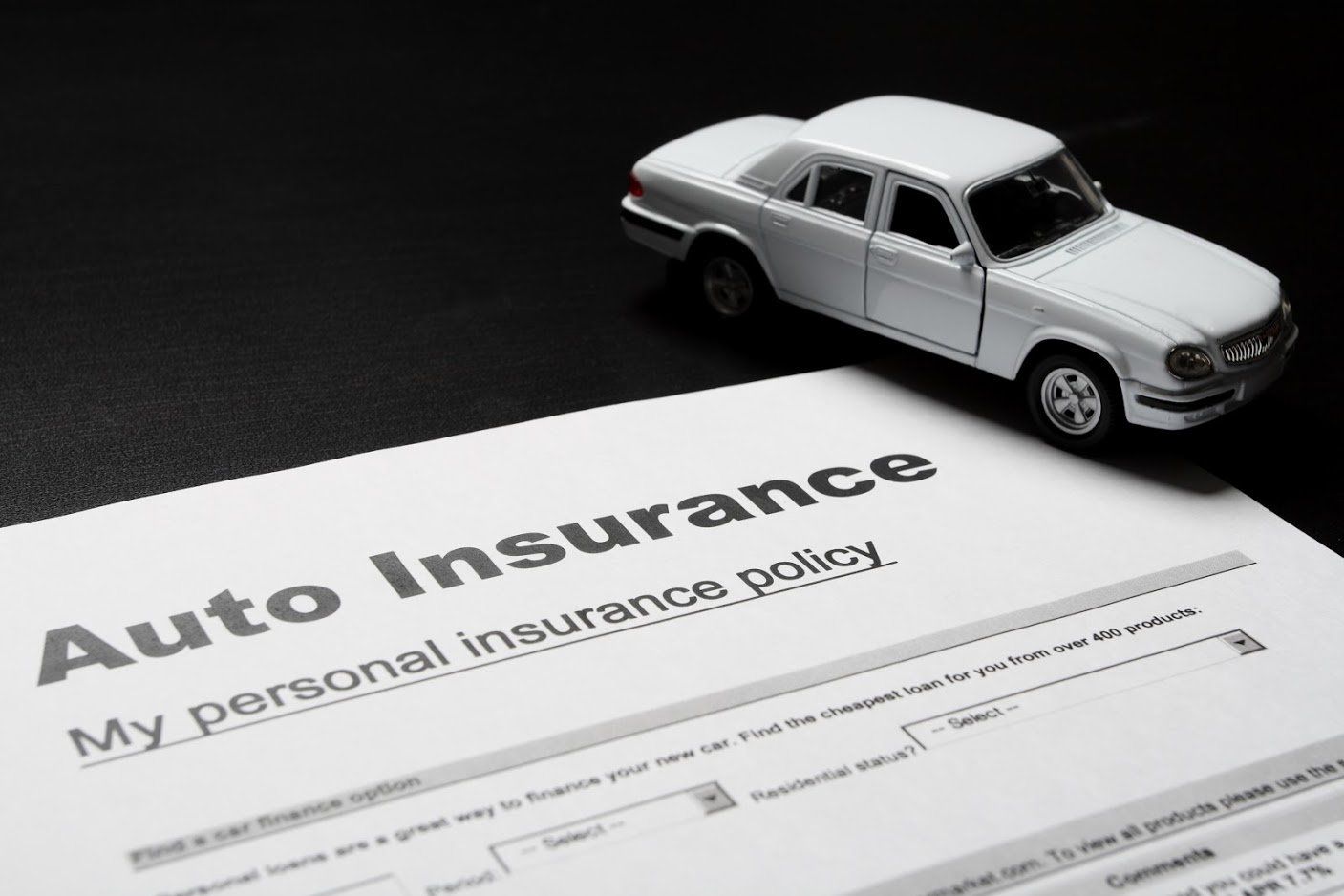a partner of
Factors That Determine Whether a Car Is Insurance-Friendly

The type of car you drive is one of the things that determines your auto insurance rates. Here are some of the specific factors that make some cars attract higher or lower premiums than others.
Safety Record
Some cars are historically safer than others, and the safer cars attract low auto insurance rates. Various agencies, such as the National Highway Traffic Safety Administration (NHTSA) and the Insurance Institute for Highway Safety (IIHS), also review and rate cars based on the car's safety parameters.
Cars that have safe histories and high safety ratings attract low auto insurance rates, and the converse is true. If a car has a poor safety record or rating, the car's owners tend to make numerous accident-related claims, which increase coverage costs and hence premiums.
Type of Driver
Some drivers tend to be safer than others. For example, married adults (particularly those with families) tend to drive safer than young, unmarried drivers. At the same time, the safer drivers tend to prefer cars that unsafe drivers shun.
For example, married adults may flock towards minivans while young and single drivers opt for speedier cars. Insurance companies analyze these ownership trends and reward those who own the safer cars with low auto insurance rates. On the other hand, cars that attract riskier drivers end up with high insurance rates.
Purchase Cost
If you have comprehensive insurance and total a $100,000 car, the insurance company has to write a $100,000 check to compensate you for the car. If you total or lose a $25,000 car, that is the figure that will appear on your compensation check. Since the expensive car has the potential to cost the carrier more money, the carrier has no option but to raise its premiums.
Repair Cost
Some cars have expensive parts or require specialist mechanics, which raises the cars' repair costs. On the other hand, some cars have parts that you can find in any scrap yard and don't require specialists to fix. If two cars cost the same to purchase but one is more expensive to repair than the other, then the expensive-to-repair car will attract higher rates.
Engine Size or Horsepower
The engine size or horsepower of a car determines how powerful a car is. Other factors constant, a powerful car is faster than a less powerful car. The more powerful the car, the more damage it can cause, and the more heavy-footed drivers are likely to choose the car. Auto insurers know all these, which is why cars with big engines attract high coverage rates.
Claims History
The claims history of a make and model of a car indicates how likely a car is to trigger a claim. If model X has 100 claims within a year and model Y has 60 claims over the same period, then a model X owner is more likely to file a claim than the owner of a model Y. As such, the model X will attract higher rates than model Y.
Theft Rates
Statistics show that thieves don't target cars at the same rate; some cars attract more thieves than other cars. Cars that have numerous buyers, cars that are easy to steal, and cars that criminals can strip for parts are some of the ones that thieves target. Whatever the reason a car attracts more thieves than other cars, the thief-magnet car will attract higher premiums.
Where does your car fall if you consider the above factors? The good news is that your car is not the only thing that determines your auto insurance rates; many other factors come into play. Harr & Associates Insurance, Inc., can help you understand and manage these factors. Contact us today so we can help you buy the right coverage for your car at a reasonable rate.















